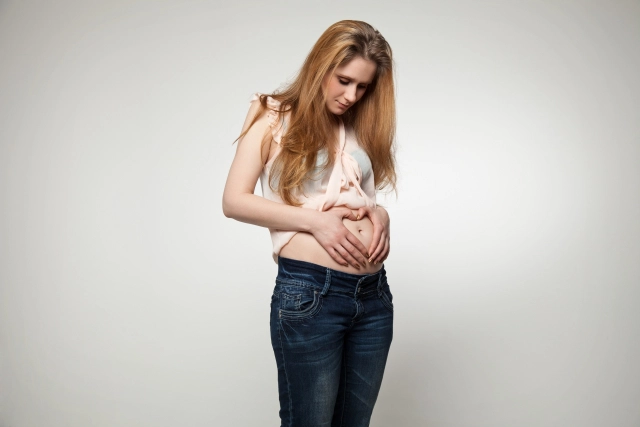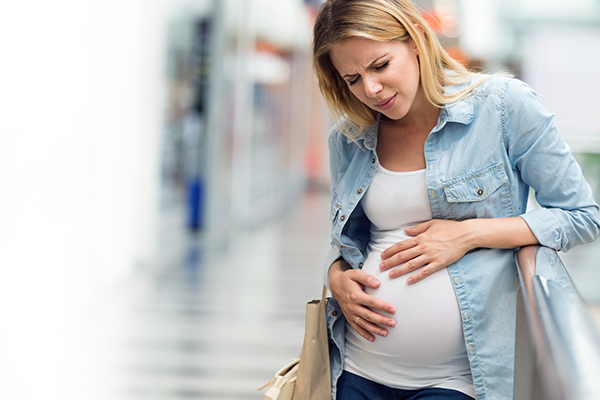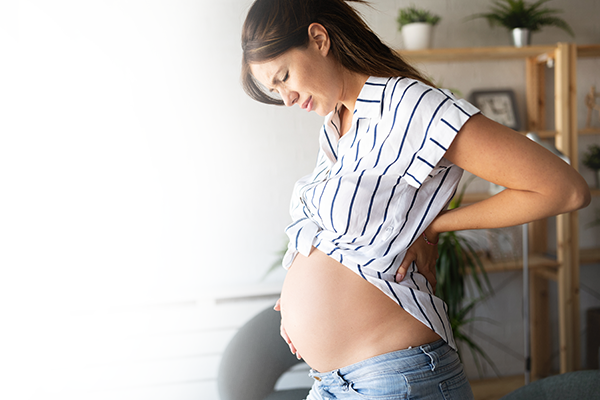Uterine polyps are a relatively common diagnosis made during a routine ultrasound examination by a gynaecologist. Sometimes they remain asymptomatic. However, they are most commonly associated with abnormal bleeding from the reproductive organs. What is a polyp in the uterine cavity and does it affect pregnancy?
Uterine polyps – what does that mean?
Polyps are limited lesions of the mucous membrane. Uterine polyps are a localised outpouching of the endometrium within the uterine cavity. Most often, uterine polyps reach a size of up to 3 cm. The frequency increases with age. In most women, the symptom of a uterine cavity polyp is abnormal bleeding before and after menopause. The good news is that most uterine cavity polyps are benign and do not result in cancer. However, when a polyp is removed, it should always be examined histopathologically to rule out the presence of cancer cells.
Uterine polyps and pregnancy
Many women who are planning a pregnancy wonder if a uterine polyp will affect their chances of having a baby. A lot depends on the size of the polyp. If it is diagnosed before pregnancy, it is best to consider with the family doctor whether the lesion should be removed during a hysteroscopy. A beta-HCG test should always be done before the procedure so that the endometrium, which thickens in early pregnancy, is not mistaken for a polyp. After the procedure, it is usually necessary to wait about three cycles before a desire to have a child can be fulfilled. If a woman becomes pregnant with an endometrial polyp, the pregnancy should not be affected.
Uterine polyps – treatment
The treatment of uterine polyps depends on the individual case and the age of the patient. Hormonal treatment can be tried, but for most women, especially symptomatic ones, surgery is the treatment of choice. This can be performed under visual control using hysteroscopy or as part of a scraping of the uterus. In all cases, the material removed is sent for histopathological examination. The procedures are performed under general anaesthesia, with medication administered intravenously (the patient is asleep during the procedure).
Cervical polyps
A cervical polyp is different from a uterine polyp. It is most often discovered during a cytological examination. This is because it is visible to the naked eye as a protrusion from the cervical canal. It can cause symptoms such as spotting. The treatment for a cervical polyp is to remove it. Some doctors perform the procedure under anaesthetic, but it is so short and not very painful for many women that it can be done without anaesthetic. A cervical polyp, like a uterine polyp, should always be examined histopathologically.










